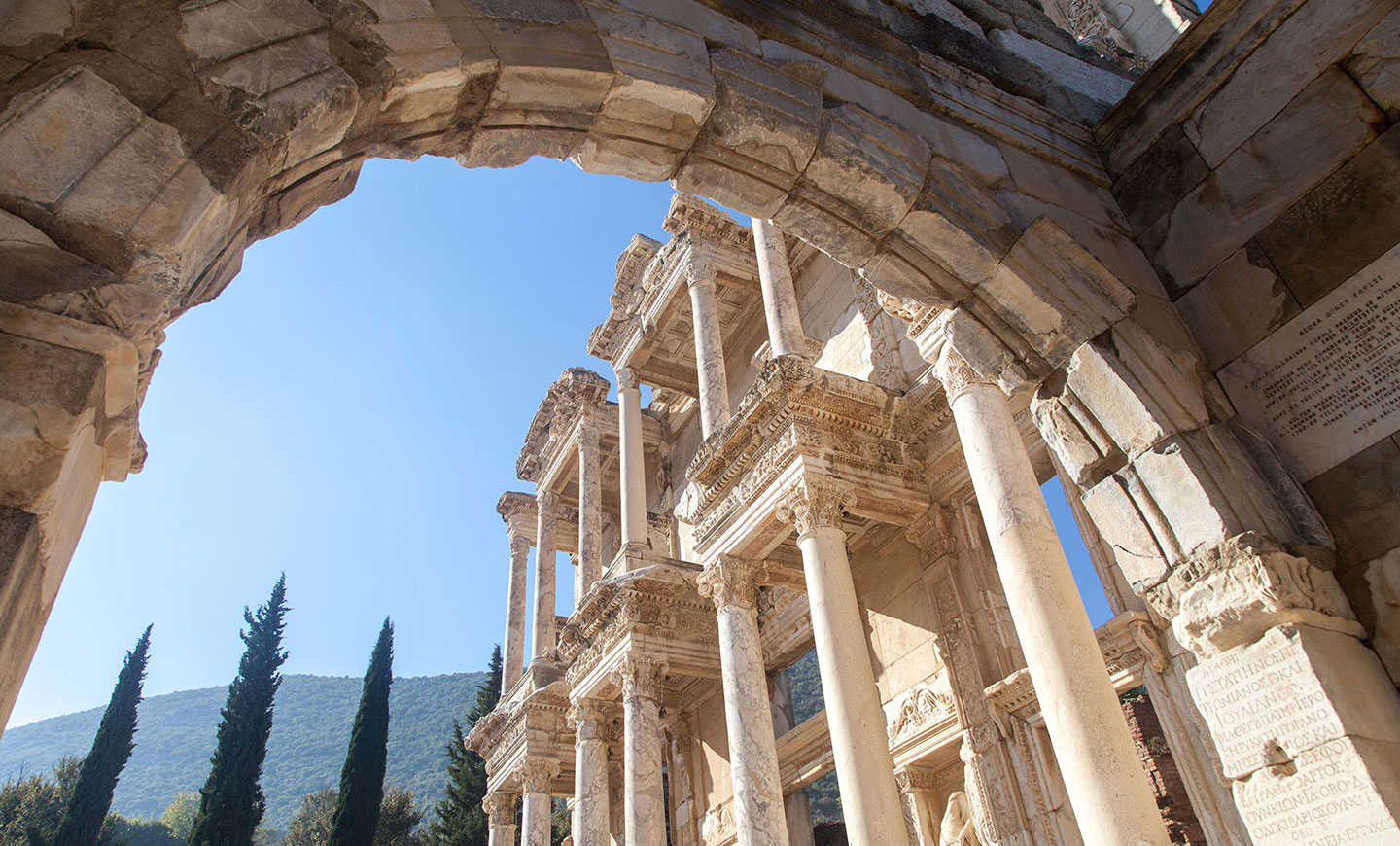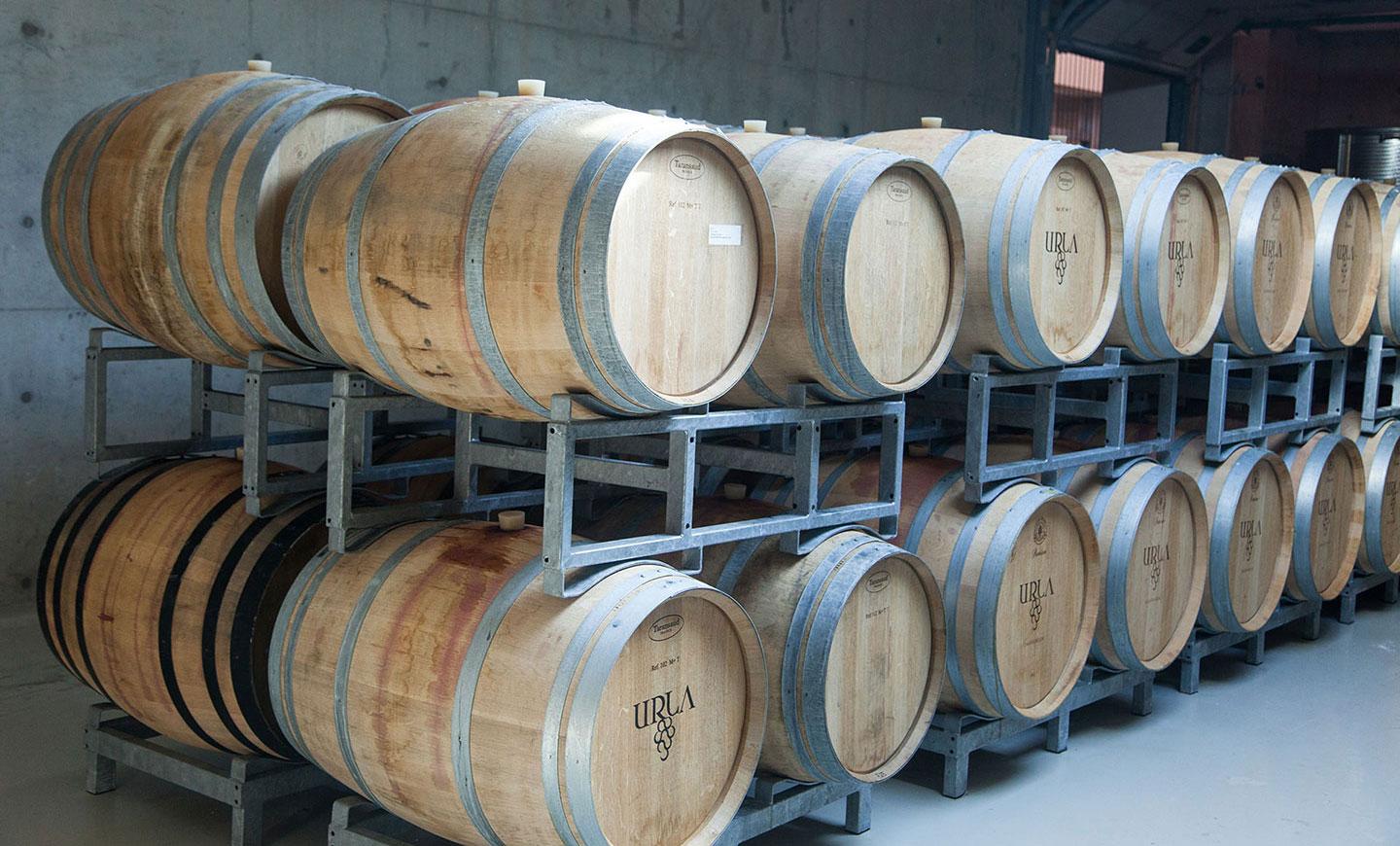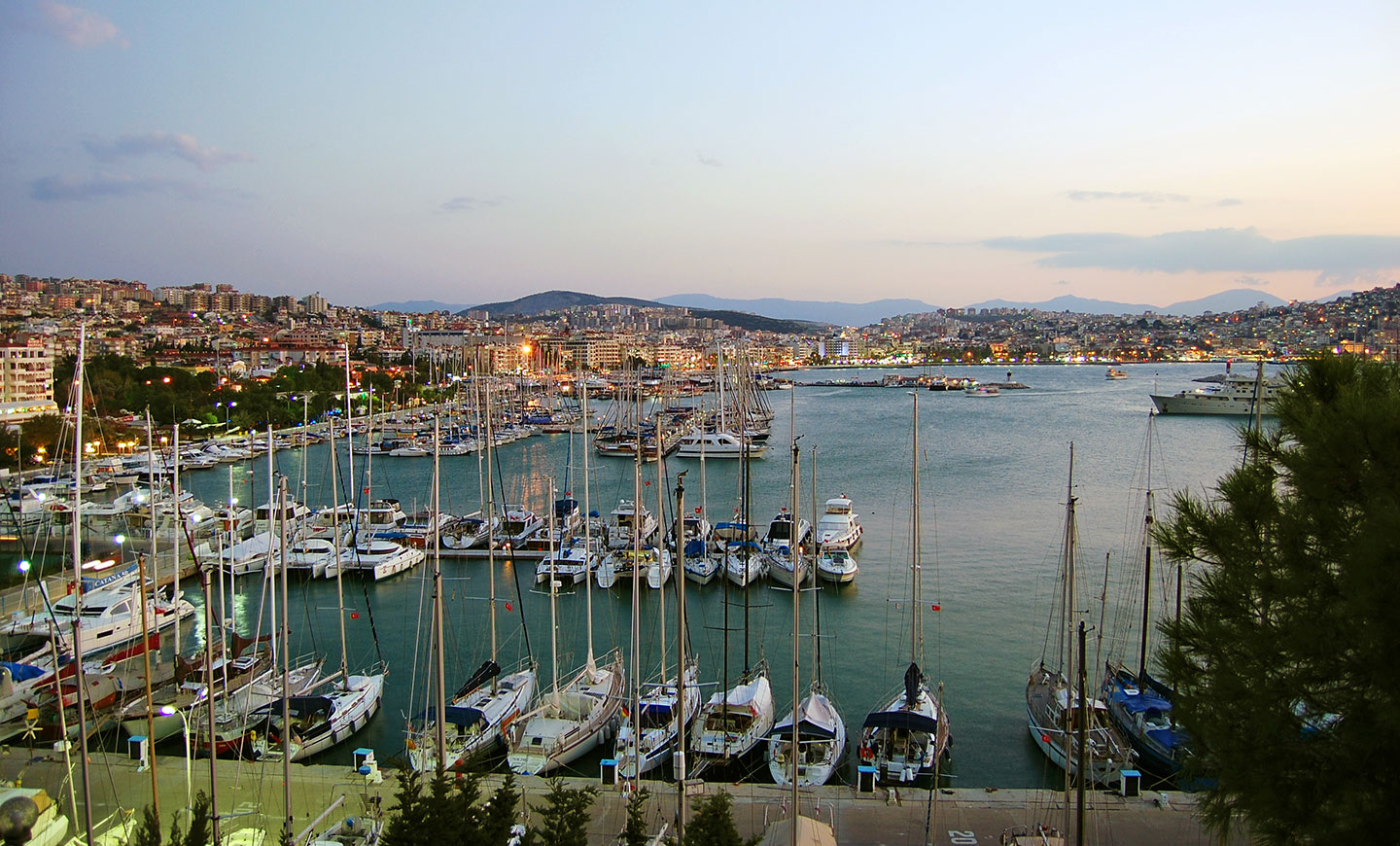ephesus/aegean
“Ephesus holds the tales of emperors and armies, the zesty love affairs of royals, and the poignant stories of missioners.”

Before your visit to Ephesus, ready yourself to encounter a site that played an integral role in shaping the world. The land is fabled to have belonged to the mythical Greek Gods, until brave Christian renegades declared them as Satan’s associates. The engrossing history of this 3,000 year old, Ionian city has been remarkably preserved, yet only 10% of the city has been excavated so far. Hollywood portrayals of roman civilizations are not capable of doing justice to the period’s architecture; yet a walk through Ephesus is a timehop into the past.
When the Roman Empire expanded, Ephesus became the capital of the region.
When the Roman Empire expanded, Ephesus became the capital of the region, and the thermal baths, temples, and libraries formed a legacy that would persist through the ages. To journey around this historic vestige, admiring all it has to reveal, is to venerate a legacy.
Once a town of nearly 250,000 inhabitants; Ephesus holds the tales of emperors and armies, the zesty love affairs of royals, and the poignant stories of missioners. A flourishing center of culture, religion, and arts; there is no limit to what awaits your eyes and ears within these remains. You will be floored by the Gymnasium and Nymphaion, and adore the preacher’s chant from the Domitian Temple. Many of the world’s first scientists and philosophers set the fundamentals of modern knowledge inside the Celsus Library. And here’s something special to knock off the bucket list; one of the original Seven Wonders of the World exists in Ephesus, at the Artemis Temple. You will delve into emblems of early Christianity while exploring the Basilica of St. John and the resting place of the Virgin Mary. When the trip winds down, you will not leave Ephesus as the same person you were upon arrival. All that may be learned from Ephesus should be learned by humanity as a whole, for it is a portrait of where we came from, and a paragon of just how much more we can grow.



